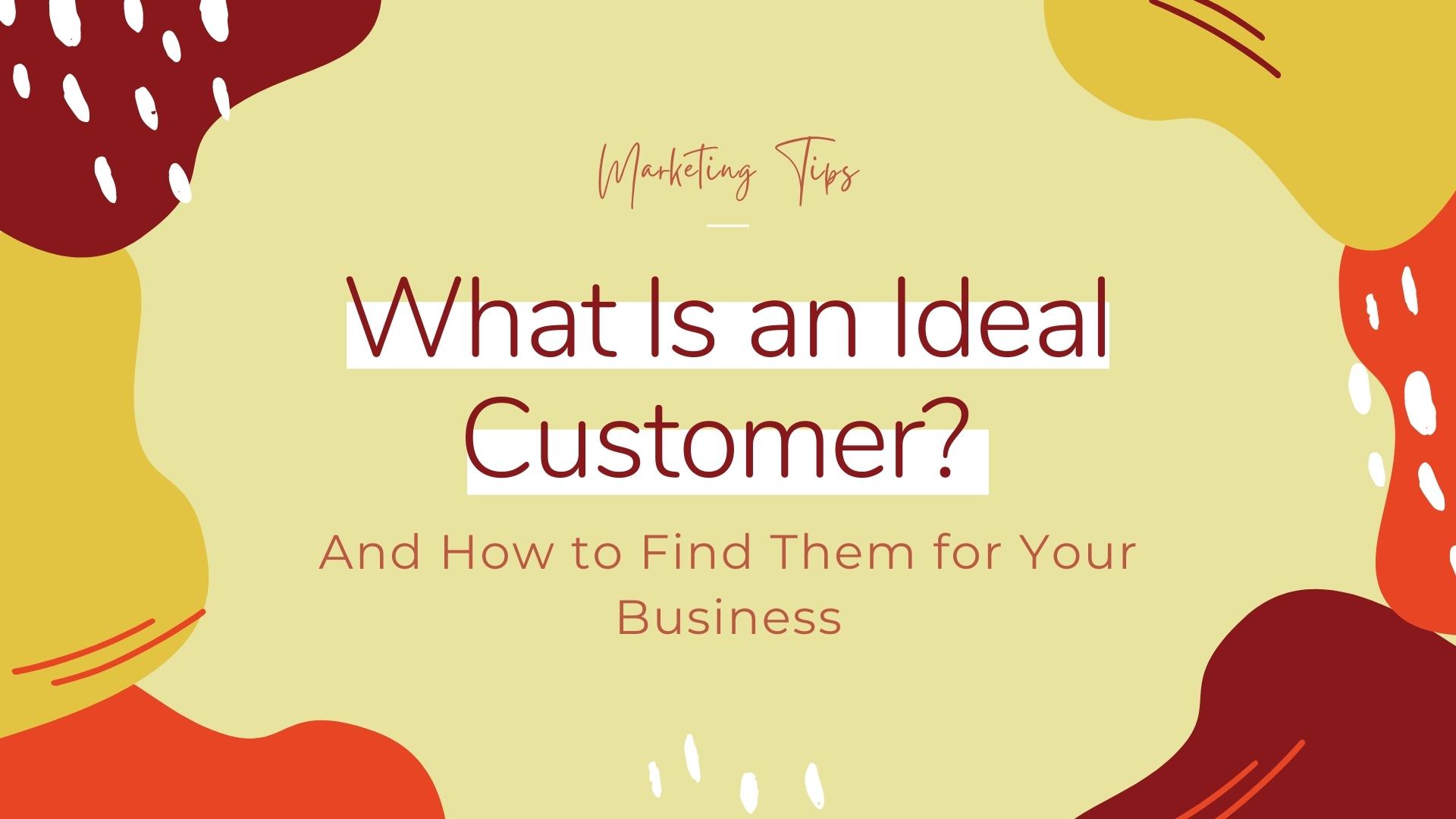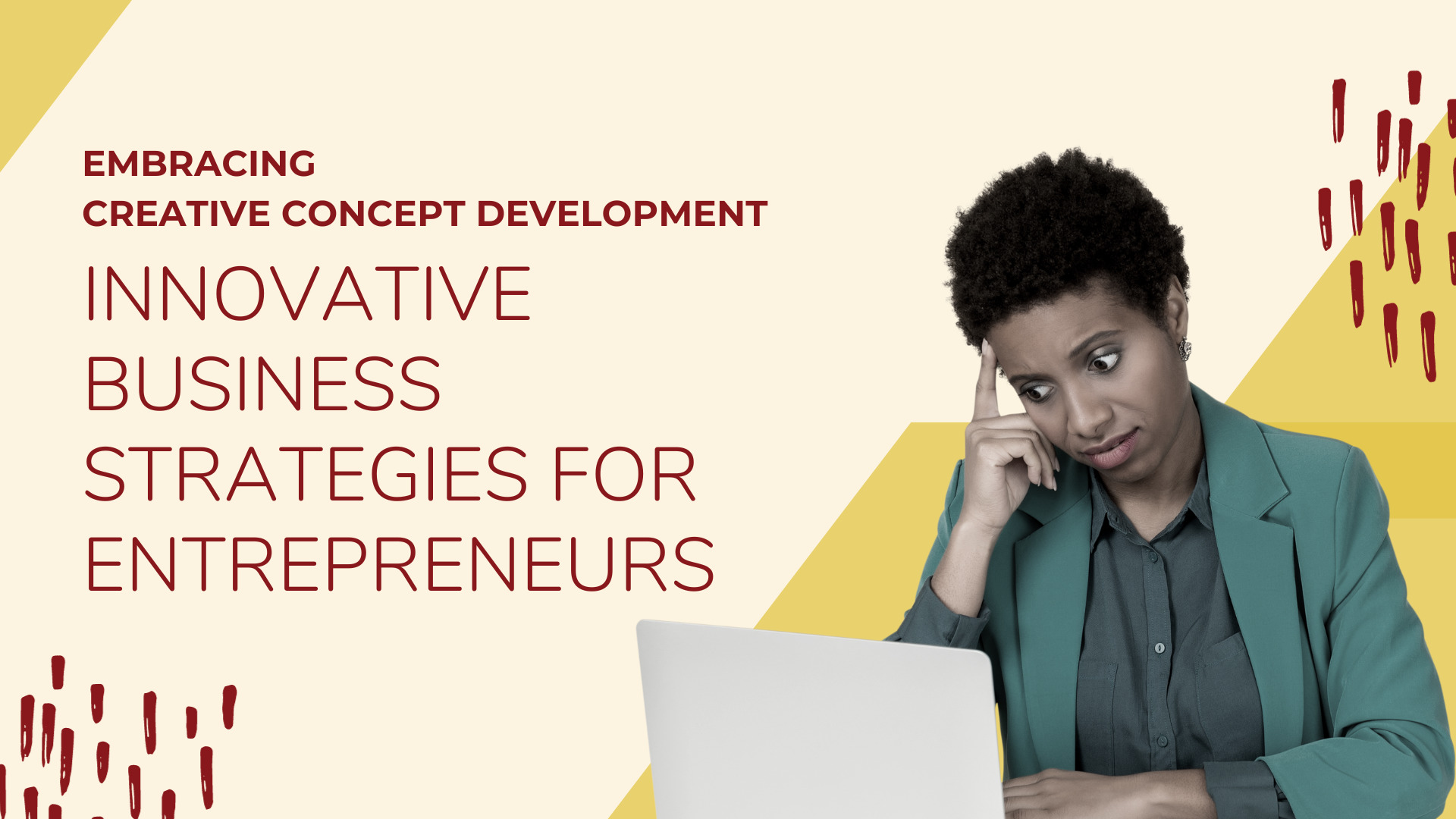A question I see time and time again is, “How do I get more ____?” The blank here depends on your business growth, your services, and the sub-section of your audience you’re going for. There are a fair amount of variables, so this is a very fair question, but, to let you in on a secret, I think it misses the mark completely.
You see, if you throw a net large enough, you’re bound to get quantity. But quality? It’s never a surefire guarantee. That is unless you know precisely what you’re looking for (and that’s where the variables come in).
When it comes to applying the large-net technique to get sales—been there, done that (repeatedly)—like clockwork, I’d cast a net blindly and catch plenty of leads that never actually led anywhere.
Quick, painful fact: poorly managed leads cost companies around $1 trillion every year.
So, I feel your pain. You’re a little deflated, hopeless, and above all—blinded. Well, fret no more. I’m here to restore your vision by painting an accurate, masterpiece depiction of the ideal customer—precisely what you need.
What are Ideal Customers?
Ideal customers are the customer that you want to work with, and that will appreciate and pay the prices you set for your products or services. They are also the customer that you focus your energy on talking to and trying to work with.
Pretty simple to understand, but not so simple to find and focus on.
The consequence of not finding your ideal customer is money left on the table and energy wasted.
Or, as Robert Simons, American economist, and Harvard business professor, would say,
“…by not identifying one primary customer, companies that consider themselves “customer-focused” soon become anything but.”
He swiftly follows this remark with reference to the relative successes of Google and Yahoo.
Google marketed to one demographic while Yahoo took a more broad-based approach. Not much more needs to be said; we all know the results.
Continuing on, Simons states,
“Identifying the best primary customer for your firm involves assessing each group of customers along three dimensions: perspective, capabilities, and profit potential.”
And I’d have to agree. Let’s unpack this statement:
Perspective
The mission statement of LinkedIn is simple: connect the world’s professionals to make them more productive and successful.
Their aim is clear – to help professionals achieve their career goals. So naturally, their ideal customer is of working age, holding a job/seeking employment, or perhaps even a recruitment worker. By understanding their mission, they have shed light on their perfect market and achieved world domination in the process!
And you can, too. Forget about covering all demographics and try this simple technique instead. Close your eyes and picture the person who’s most likely to buy your product or avail of your service. This is called creating a customer persona.
- What do they look like? Young, old, or anywhere in-between?
- Are they techies, art-fanatics, professionals, or students? City-slickers or peace-loving country dwellers?
- Income brackets?
- Gender?
And the list goes on. Values, opinions, and preferences are also vital considerations in today’s business landscape.
Once you have a clearer picture of what your ideal customers physically look like and some of their preferences, you have a clearer picture of where to find them and how to interact with them when you get to where they are.
Capabilities
LinkedIn isn’t designed for use by recruiters or third-party service providers. Rather, it’s an individual-focused platform. However, in targeting individuals, onboarding of the former was a much-welcomed side effect.
Profit potential
While customers in and of themselves can be segmented by potential profit, it pays to look further. Don’t leave any money on the table by forgetting that your customer base can attract further interest in the shape of collaborations, sponsorships, and more.
What Ideal Customers Are NOT
Since we don’t live in a perfect world, you will run into non-ideal customers. Unfortunately, these are the tire-kickers that waste your valuable (and profitable) time. They may have one characteristic of your ideal customer—usually, they may have the means to buy your products or services—but because they don’t have the other characteristics, they don’t have the ultimate drive to make the purchase or utilize your product or service to its fullest.
In other words, they’ll sniff the bait but never bite or, if they do bite, they aren’t a great catch and you may end up regretting working with them in the future because they do not align with you and your business.
These non-ideal customers find their way into your funnels because your message is too broad or not clear enough. Be straightforward with your marketing to avoid this headache. Even something as simple as including your prices in your pitch can shave off the dreaded freebie-seekers.
Why are Ideal Customers Important?
The main results of the company’s choice are the ones that count most: unparalleled customer loyalty and stratospheric stock valuations.
– Robert Simons
The above quote means that your customer base can and will make or break your business. Not only are they the lifeblood of your profit lines, but they also form a large part of your brand image and reputation. Create the right conditions, and they’ll come to you!
How? It’s easier than you think.
How to Find Your Ideal Customer
Social media focus
Social media analytics is the modern-day bread and butter of business owners. Leveraging their telling features, whether on Instagram, Facebook, LinkedIn, or Twitter to name a few, can open your eyes to who’s digging what you’re putting out.
Past customer analysis
Throw your gaze back to past successful and unsuccessful dealings with customers.
- Who did you love working with and why?
- What projects brought the most joy, the most income?
- Who did you not enjoy working with and why?
- Which clients led to more clients?
You’re guaranteed to find a common thread (or many common threads) among both categories and following your answers will help you focus on the type of customers you want more of, and those who you would like to never work with again.
Peep over the fence
To stay ahead of the game on the business landscape, you have to be clued to your competitor’s movements. As Simons states,
I believe, ultimately less risky to be proactive and make the key strategic bet of choosing a primary customer. Companies that hedge their bets usually find themselves looking at the taillights of their more decisive and committed competitors.
In a world of constant red-hot competition, you always need to have one eye on your competitors. And yes, that extends to their customers. So be nosy and delve into their customer bases and their marketing strategies.
What are they doing well? What are they not doing well that you can do better? Make sure you highlight your differentiating benefits to further set you apart and attract exactly who you want to be working with who are looking for what you’re providing.
The Bottom Line
Finding your target audience is a work in progress. Keeping your finger on the market pulse is absolutely essential. However, by taking the information above to your head and heart, you should be able to carve out a customer persona for your ideal customer that works for you and your vision.






0 Comments